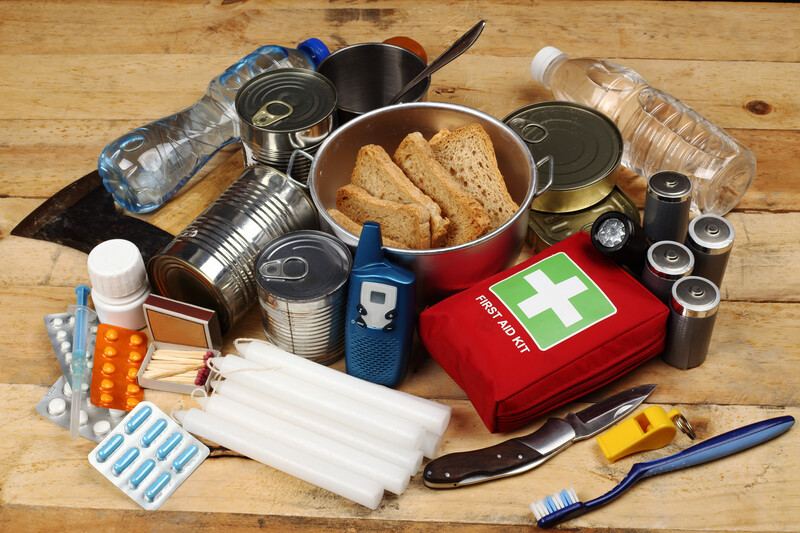Before you begin building your survival food kit, you need to know the basics. Most people just buy what they like and what they think they’ll need for the next week or month. Luckily, building a survival food kit doesn’t have to be complicated. Simply follow these 5 steps and you’ll be well on your way to putting together an emergency food supply. Listed below are 5 of the most important steps to build your survival food kit.
Prepare a 3-day non-perishable food supply
To prepare a three-day non-perishable food supply for your ultimate survival kit, you need to buy some staples. For instance, you should have quarts of milk and half a loaf of bread. You can also buy a large box of crackers and store them in the freezer compartment. It will cost you $20 for a three-day non-perishable food supply. When shopping for your food, buy extras of your favorite foods and put them in a container.
Emergency foods are the most important part of your kit. They should be ready to eat in just minutes, and they should taste good. A good emergency food supply should contain one balanced meal a day, and items that don’t need cooking. Don’t forget to pack your pet’s favorite treats as well. It’s a good idea to keep non-perishable foods for your pet, such as dog and cat food, to feed them if your home becomes abandoned.
If you eat out regularly, increase your basic supply. In case of emergency, your survival food supply should not rely on electricity, gas, or any other sources of energy. Your basic food supply should consist of non-perishable staples such as pasta and peanut butter. Try to rotate the items once or twice a year. You should rotate the items in your kit to ensure that you have enough of each.
Prepare a 3-month non-perishable food supply
For a three-month non-perishable food supply, you can prepare your pantry and freezer with the bare necessities. These include grains, fats, milk, and leavening. These can be combined to make complete meals that you and your family will enjoy. In planning for this kit, you should first consider what you and your family like to eat. Then, you can prepare these foods in a rotational system to ensure that your pantry and freezer are full and your family will be satisfied.
You should also include emergency supplies such as canned goods, MREs (meals-ready-to-eat), and instant meals that you can purchase at the grocery store. If you can’t afford to buy all these items at one time, you should plan to rotate them every three to four weeks. In addition, you should mark their expiration dates to prevent food waste.
You can prepare your three-month supply by tracking the meals that you and your family will eat in the next three months. You can use the “track your meals” method to calculate your three-month supply of non-perishable food. It allows you to track the number of meals and the ingredients used for each. Moreover, you can create a personalized 3 months food kit that fits your family’s needs.

